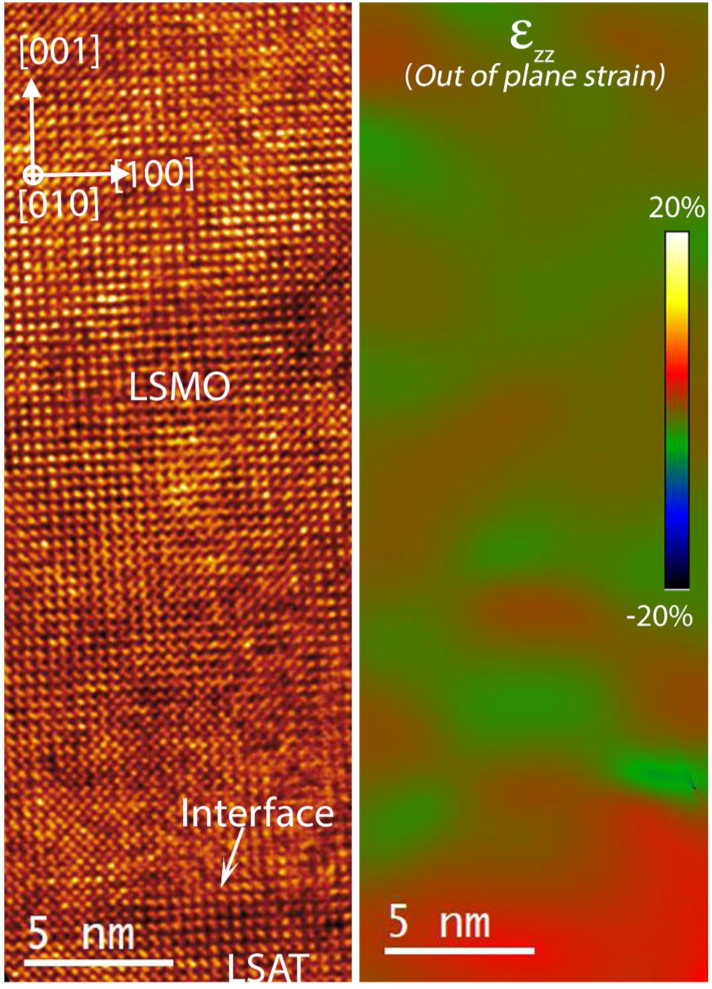The control of spin, charge and orbital degrees of freedom in quantum materials will be one of the pillars of the future solid state science and technologies. This research line aims at the controlled growth and synthesis of interfaces and devices that display novel magnetic and electronic functionalities emerging from collective quantum phenomena
The control of spin, charge and orbital degrees of freedom in quantum materials will be one of the pillars of the future solid state science and technologies. This research line aims at the controlled design, growth and synthesis of interfaces and devices that display novel magnetic and electronic functionalities emerging from collective quantum phenomena
Quantum technologies that are enabled by quantum materials have the potential to devise more accurate sensors, more secure communications and novel computing machines. Moreover, quantum 2D materials whose thickness reaches or approaches closely a single atomic layer may obviously lead to further miniaturization of electronic devices, while increasing their performance in terms of speed or memory storage. Widespread interest in 2D quantum materials has been boosted by the remarkable properties of graphene and well as by materials that, similarly to graphene, are composed of weakly interacting layers.
At IOM material growth facilities such as PLD, MBE, or MOVCD are used to produce a large variety of materials, from quantum monodimensional nanowires to tailored 2D or 3D heterostructures, to study/modify/control the morphology (for instance through strain), or the surfaces/interface properties.
